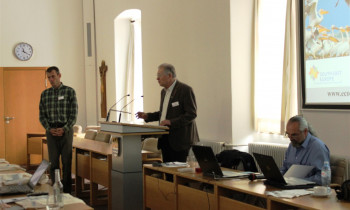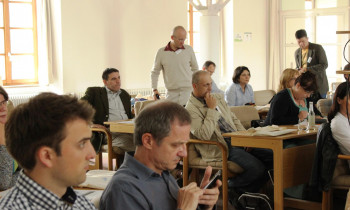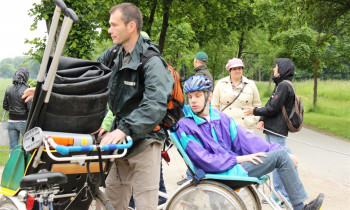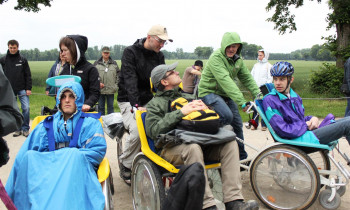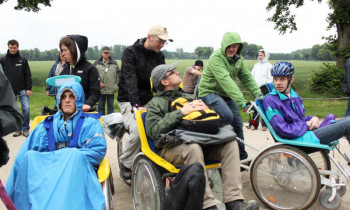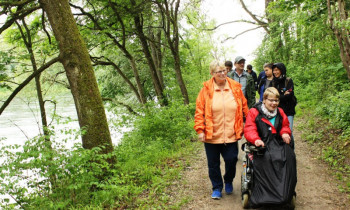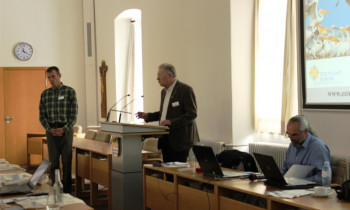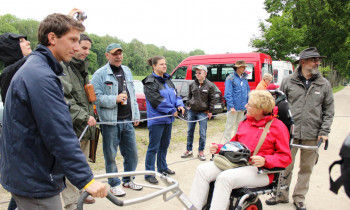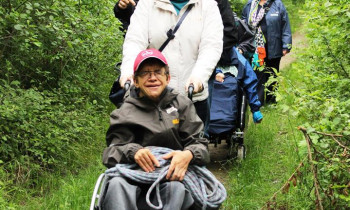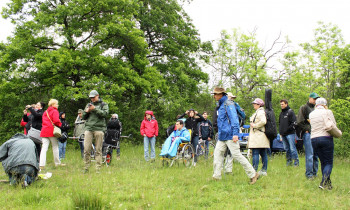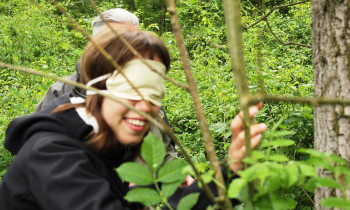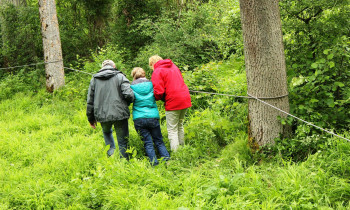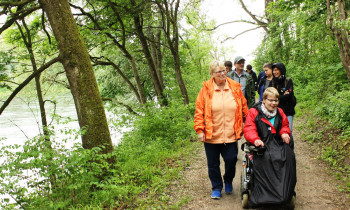How much human presence can nature handle? What can you do with a wheelchair in the floodplain forest? Those were the main questions discussed at the last Task Force Meeting Tourism in Neuburg (Germany), May 27th-28th. Additionally, ETC-SEE funded projects Danube Limes Brand and TRANSDANUBE presented their main results and plans for the future.
Partners from Romania and Germany worked on carrying capacities for tourism in Protected Areas. The German partners with their contractor University Eichstätt looked closely at ecological carrying capacities, and researched this issue in a danube-wide survey including all project partners. One main result beside the report will be a database of sensitive species, with in-depth information on disturbances by humans and possible visitor management measures.
The Romanian partners with contractor Association of Eco-Tourism Romania developed a scheme to assess three pillars of carrying capacities: Ecological, social-economic, and visitor-focused. This scheme was applied to the Danube Delta already and will still be applied to the Donau-Auwald Neuburg-Ingolstadt. In the joint final report, this scheme will be made available to all partners for use.
In Hungary (Druna-Drava National Park) and Germany (Donau-Auwald Neuburg-Ingolstadt), partners looked into ways to make our nature more accessible to people with different handicaps. Duna-Drava presented at the workshop the results of their good-practice research. Neuburg invited their cooperation partners for a presentation and for the excursion: The group of people with disabilities, that spent a full week in the area last year, joined us for a whole day. We first visited the floodplain forest close to Schloss Grünau, where we learnt about nature experience games and tested different tools that can replace wheelchairs during active excursions in nature.
Afterwards, we went to a walking path along a revitalized river stretch in Ingolstadt. The group there gave valuable input on ideas of the city to make this trail more attractive also to people in wheelchairs, e.g. by providing a path to the actual river shore across the slope. The whole excursion was a full success in terms of breaking barriers between people with or without disabilities, and in breaking barriers in our mind of what people with disabilities can do in nature. We found out: With a more relaxed attitude to time, numerous helping hands within the group, and a little support by infrastructure or equipment, everything is possible.
